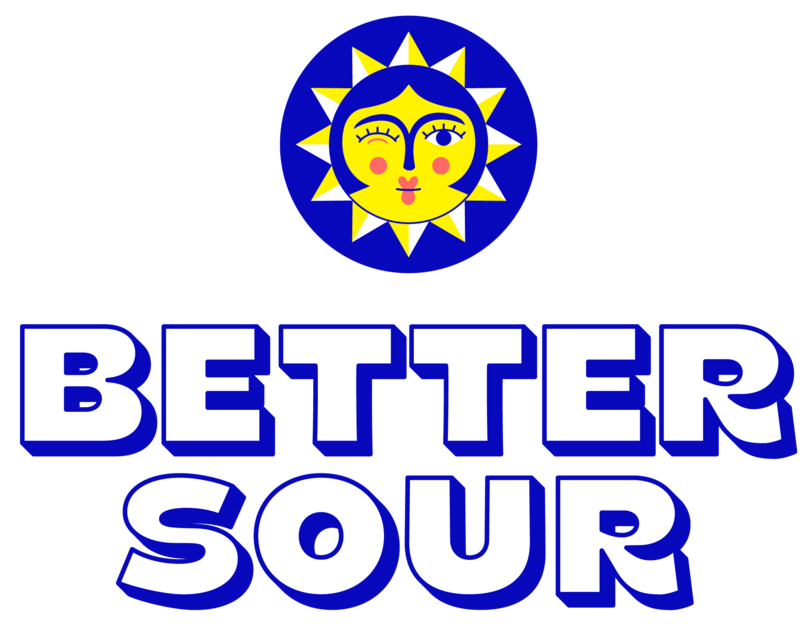Operational changes, sales and marketing investments fueled successful second quarter, Sonida says

A change in Sonida Senior Living’s operating structure, along with investments in its sales and marketing teams, drove successful sales and clinical practices across the senior living operating business in the second quarter, President and CEO Brandon Ribar said Monday during a second-quarter earnings call. And set some records along the way.
The Dallas-based senior living owner and operator had record-high occupancy in its same-store senior housing operating portfolio during the quarter, Ribar said. Weighted average occupancy in the same-community portfolio increased 40 basis points to 86.5% in the quarter, up from 86.1% in the second quarter of 2024.
The company also reported that average rates climbed to the highest quarterly level in the portfolio’s history. The same-store average annual renewal rate on March 1 was 6.9%, whereas level-of-care fees increased by 11% year over year. Resident revenue increased 29.7% compared with the second quarter of 2024.
The occupancy and rate metrics position the company to deliver significant revenue and margin growth in the second half of the year and beyond, Ribar said.
“Entering the year, we outlined a plan to deliver year-over-year net operating income growth in line with the high end of our peers,” he said. “And as we approach the last third of 2025, we remain on track to achieve these goals.”
Same-store NOI only grew 1.8% in the second quarter of 2025 compared with the same quarter of 2024 and almost 4% compared with the first quarter. Total portfolio NOI improved 5% sequentially.
Ribar attributed the slower year-over-year NOI growth to an “unusually high” uptick in resident deaths, with resident move-outs exceeding the number seen in the second quarter of 2024 by 18%. Clinical teams implemented enhanced responses, he said, with targeted efforts to assess risk in the resident population.
The efforts led to improvements in the second half of the quarter, with resident length of stay slightly increasing overall this year, Ribar said.
Now, halfway through the third quarter, Chief Financial Officer Kevin Detz said, Sonida has seen the number of third-quarter move-outs due to resident deaths drop back down to lower, historical levels, with occupancy levels moving up significantly from June.
Combined with a 4% year-over-year increase in quarterly same-store move-ins and strong lead volume, Ribar said, Sonida ended the second quarter positioned for summer growth.
Staff, leadership investments
To improve consistency of systems, process and communication across the organization, Sondia reduced its operating structure from three to two divisions while investing in its sales and marketing teams, Ribar said. The changes allowed the company to more quickly integrate new communities into the portfolio and drive successful sales and clinical practices.
The company’s strategic growth plan resulted in two senior living communities acquisitions, in Atlanta and Tampa, in the second quarter. Subsequent to the end of the arthur, Sonia announced a third purchase of a Texas community on Monday.
Ribar also reported that a portfolio of 19 communities acquired in 2024 reached a milestone in July, finishing the month with occupancy greater than 82% for the first time, up from 77.5% in November.
On the sales front, Sonida invested in marketing, sales training and regional management roles in the second quarter, Ribar said, which produced immediate results. After the quarter ended, July lead volume exceeded the average for the first half of 2025 by 16%, driven by enhanced digital marketing processes. Also, digital leads through unpaid, organic channels increased by 48% in July, with 67% of move-ins resulting from Sonida channels.
“The bottom line is, our move-ins hit an all-time high without increasing reliance on third-party paid referral relationships or material discounting and concessions,” Ribar said.
On the team development side, Ribar said the company continues to see reductions in both employee and leadership turnover at its communities, which he attributed to investments in wages, benefits and a positive culture.
“We believe investment in our community leadership and nursing talent to deliver a high-quality offering consistently supports resident rate growth and reduces the cost of employee turnover,” he said.
link





